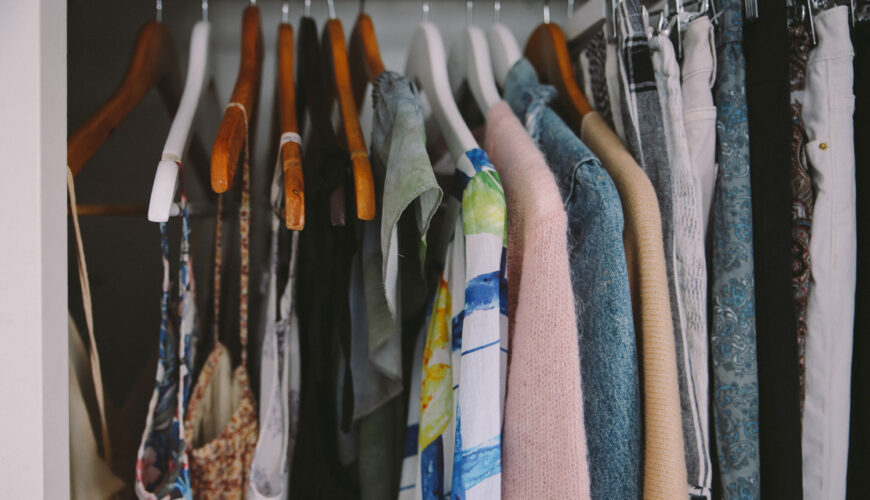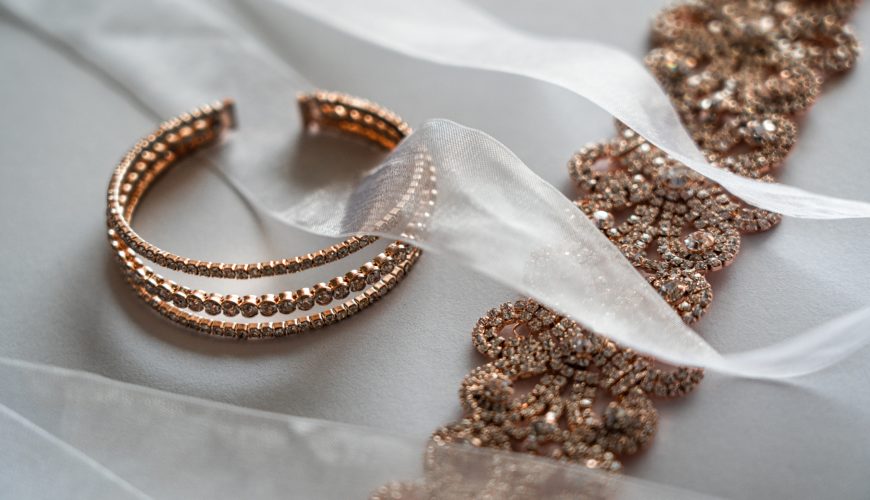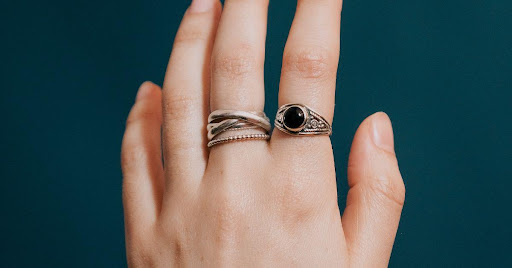Now more than ever, brands are honing in on the importance of sustainability and fast-fashion is slowly losing its good reputation. You can know more Sustainable Fashion Brand from Rare and Fair.
It’s a difficult line to cross, choosing between helping the environment by purchasing eco-friendly, yet more expensive clothing, or taking the fast-fashion path and saving a buck or two.
Many retailers are aware that college students and young professionals are more likely to want to save than splurge. This is where the discount code comes in, which many retailers offer. For example, you could use Nike discount codes for quality sportswear that’s sustainable and high quality, too.
Though, it doesn’t matter what type of clothing you’re looking for – whether that’s sportswear or high-fashion – there’s an eco-friendlier option out there.
We have put together four top tips on how to invest in sustainable fashion, the smart way.
1. Become Familiar With Eco-Friendly Materials
The first tip would have to be to do your research. Your intentions may be good but you’ve got to know your stuff.
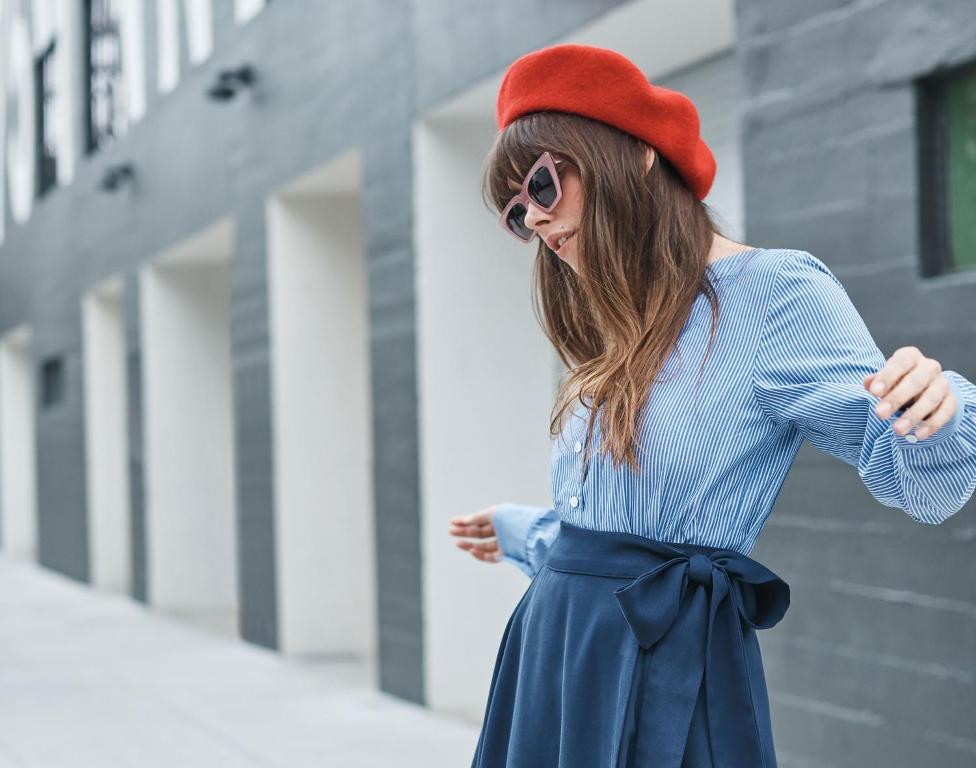
An example of an eco-friendly material is linen. Linen comes from flax plants, making it a natural fibre. It’s incredibly strong and any linen pieces will be able to live in your wardrobe for a long time.
Another common eco-friendly material to look out for is recycled cotton. Cotton is a fibre widely found in all our cupboards, so if you want to keep that up, opt for the more sustainable version. Recycled, or upcycled, cotton is essentially made from cotton-waste found from consumer and industrial leftovers.
2. Find Some Quality Second Hand Pieces
Second hand clothing is becoming all the rage these days, and for good reason. Purchasing second hand items does more than just fill your wardrobe with pretty outfits; it decreases CO2 emissions into the atmosphere and limits fertiliser and pesticides usage. This basically means that you’ll be helping save a LOT of water.
In recent years, many websites and apps have started to spring up, exclusively selling second hand items. These allow you to find some really stylish pieces at affordable prices and in good quality. Plus, if you’re someone who likes to change up your style often, thrifting is a great way to do this. You can even sell your own items and make some extra money to then purchase other second hand items. It’s a much healthier cycle than fast fashion.
3. Choose Items Carefully And Purposefully
The thing with fast fashion is that it fulfills the instant gratification we all crave. However, it’s because of this exact reason that the fashion industry is one of the worst contributors to environmental issues.
The way to avoid the nasty cycle of purchasing clothing in an unsustainable manner is to be intentional with your shopping. Don’t fall into the trap of buying items just because there’s a sale.
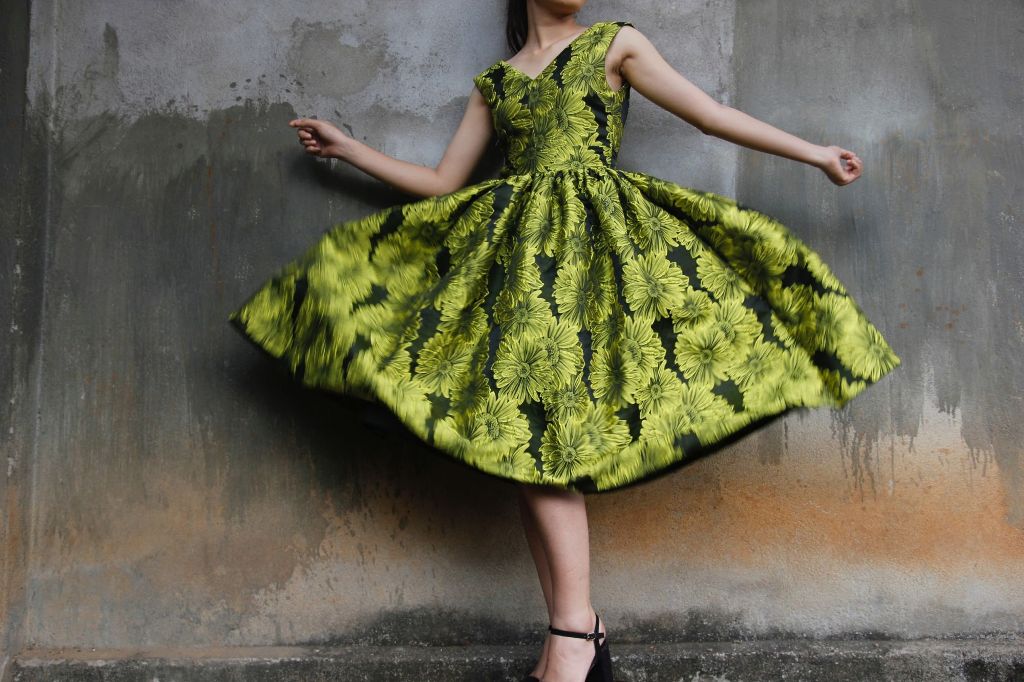
Think about what you need in your wardrobe or what you’ve had in mind for a while, and then make that purchase. Even if it’s a slightly pricier spend than you are used to, spending more on one item than on many items that won’t last very long is a better strategy. It will be more exciting and worth the wait too, if it’s something you’ve had your eye on for long.
4. Educate Yourself On Where Your Clothes Come From
It’s easier to step into a shop and browse through the isles of gorgeous clothing but we often forget that behind all that, people are working in terrible conditions to pump out as many garments as possible. All to satisfy greedy consumers.
The working conditions of employees throughout the supply chain is an important factor in sustainable fashion. When you understand how your clothing is made and the conditions under which the people who made it work, it will be easier for you to hop on board the sustainability train.
Moving over to a sustainable wardrobe certainly doesn’t have to break the bank, nor should it seem like a terrifying journey. Keep these points in mind and you’ll be well on your way to an eco-friendly style icon!


